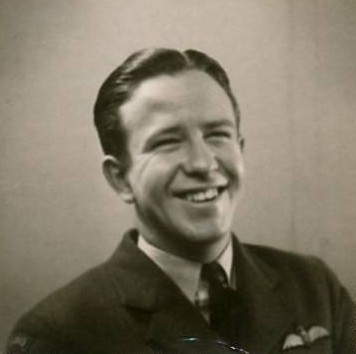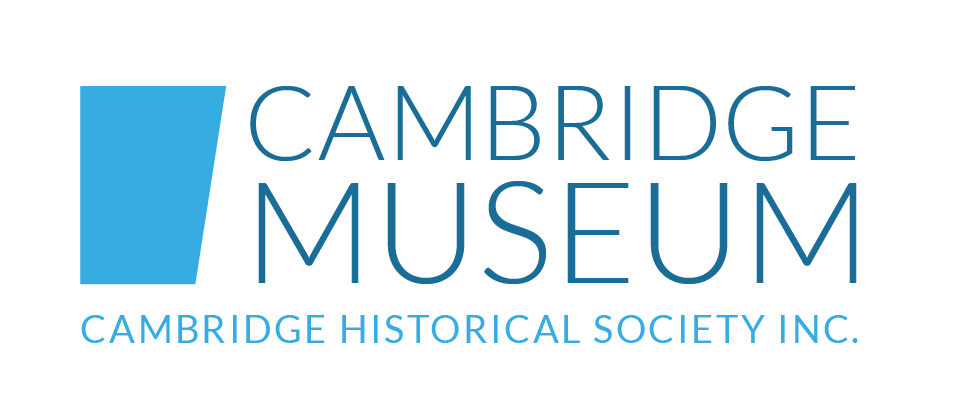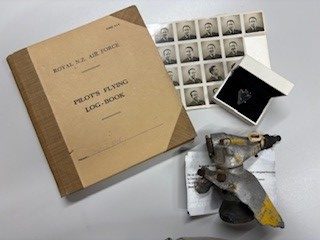
The hero behind the street name
-
Tucked away just opposite the entrance to Resthaven Retirement Village, is a quiet cul-de-sac called Donald Lane. Who was Donald and why was a street named after him? The answers can be found in the records and artefacts of the Cambridge Museum. We are honoured to share the story of local hero Flying-Officer Donald Graeme Lane Taylor.
It was near the end of World War II when two teenagers from Onnen in the Netherlands witnessed the crash of a Spitfire. It was one of eleven strafing a nearby supply train used by the Germans occupying the town. The boys ran to the scene of the crash, hopeful of saving the pilot, but they saw at a glance it was too late. They knew that the Germans would soon arrive to clean up the site, so they left – but not before collecting a piece of plexiglass from the cockpit, and the top piece of a smashed oxygen tank as mementoes of the pilot’s bravery.
Early life
The pilot’s name was Donald Taylor. He grew up in Cambridge in a home on the property of what is now Donald Lane. His father was Cambridge dentist Graeme Taylor, who arrived in Cambridge in 1911. Graeme built the family home in Vogel Street in 1913, and married Enid Lewis the following year. The couple had two children, Olwyn and Donald.
Graeme was a keen sportsman and took part in literary and amateur theatricals. When he died in 1935, aged 50, his funeral paid tribute to his military service in WWI, and he was missed by his wide circle of friends.
Son Don was well-known and popular in Cambridge before he left for Europe during WWII. Like his father, he was a good sportsman, participating in rugby, tennis, swimming and shooting. At a Patriotic Committee dance held just before he set off, Don Taylor made the farewell speech on behalf of the 26 men who were leaving for active service. He was just 18 years old when he began his flight training.
Military service
According to his flight log, he had carried out an extensive programme of training and missions from July 1942. His neat, comprehensive notes show episodes of blackouts, lost and injured friends, hits with flak and cancellations due to “duff” weather. A mission in Boulogne in September 1944 saw the NZ Spitfire Squadron cooperating with the British Army in direct forward support when it strafed German gun emplacements. This was reported in the press as a great success.
Flying-Officer Taylor set off for his final mission on 8 February 1945.
At Onnen, 6km southeast of Groningen, a city in northern Holland, his squadron carried out an early morning mission, strafing a railway marshalling yard. The Spitfires attacked a departing supply train, turned and came in for another attack. It was during this manoeuvre that Taylor took his plane low, one of its wings clipping a water tower, before it crashed into a house. Taylor and two railway workers at the property were killed.
In a letter to Taylor’s mother Enid, Squadron Leader John Pattison described Don as “an experienced pilot and a skilful section leader. He was the youngest and one of the most popular members, not only of this Squadron, but of the whole wing”.
Remembrance
In 2016, the Cambridge Museum had an approach from researcher Dirk Munk from the Netherlands who wished to contact Taylor’s family. Munk was researching and documenting those who fought and died near his home in Groningen.
Through his research, Munk discovered roughly 6,000 aircraft were destroyed in Holland during the war. He estimates about 500 crash sites with the remains of 1,085 airmen remained untouched. They are declared war graves in Holland.
For years, Munk had known about four graves linked to Commonwealth soldiers in the cemetery in Haren, a small town near Groningen. The stories behind the Dutch buried there were well known, but nothing was known about those four gravestones.
“The interest in, and the respect for, the men that fought then is rising, also among the younger population,” Munk said.
With the Cambridge Museum’s assistance, Munk contacted Colin Holmes, Don’s nephew. Colin’s family had left Cambridge years earlier, and he admitted he knew little about his uncle, his mother Olwyn having passed away in 1962.
It was a proud day for Colin when he unveiled his uncle’s memorial plaque at the town of Haren in 2018. He and his wife Rae were emotional when they met the youngsters, now in their 80s, who had witnessed the crash. They presented Colin with their mementoes – the piece of plexiglass now polished into an arrowhead shape, and the piece from Don’s oxygen tank.
Legacy
Colin Holmes visited the Cambridge Museum recently, donating his uncle’s flight log, medals, cockpit glass, piece of oxygen tank, personal photos, correspondence and reports. The Museum will ensure the memory of Donald’s heroism continues for future generations.
After Don’s passing, his mother Enid devoted herself to community service. In 1947, she was famous for becoming the first woman Councillor at the Cambridge Borough Council, involved in the Hall, Band and Library committees.
Donald Lane, off Vogel Street, was named for Don Taylor in 1954. Take a moment to remember him next time you pass by.
Written by Karen Payne for the Cambridge Historical Society Newsletter October 2025

